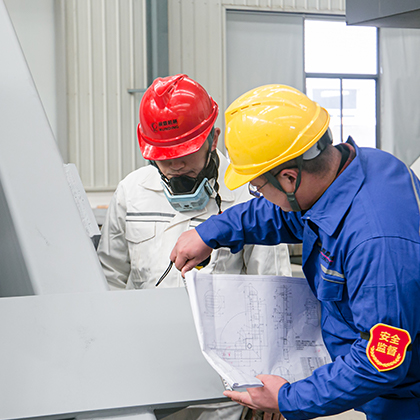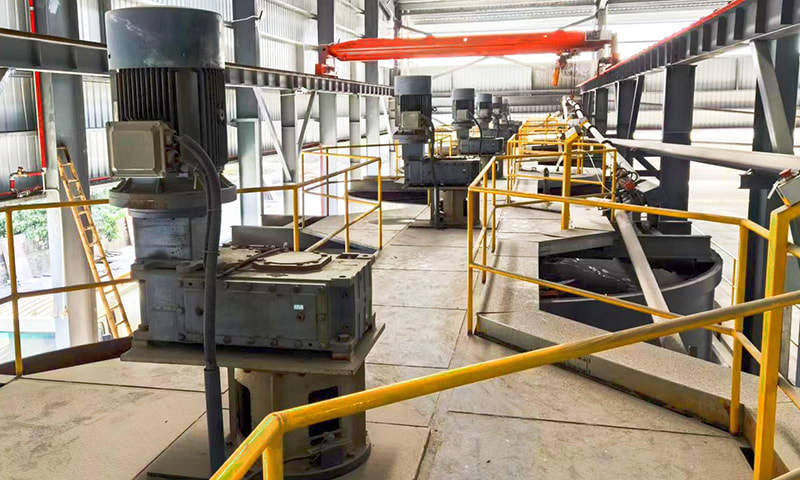1. Understand the overview of the construction project
A comprehensive understanding of the construction project is required. This includes the project's geographical location, climatic conditions, building type (such as residential, commercial, industrial buildings, etc.), building height, number of floors, structural form (such as frame structure, shear wall structure, etc.) and expected service life. This information helps determine the performance requirements of AAC blocks, such as density, strength, thermal insulation, sound insulation and durability.
2. Analyze building codes and standards
Building codes and standards are the basis for ensuring building safety, comfort and sustainability. When clarifying building requirements, local building codes and standards must be carefully studied and followed. This includes understanding regulations on building material performance, structural safety, energy efficiency and environmental protection requirements. Some areas may require the use of AAC blocks with specific density and strength to meet seismic requirements, or require the use of AAC blocks with excellent thermal insulation to reduce energy consumption.
3. Determine the performance requirements of AAC blocks
Based on the overview and specification requirements of the construction project, the performance requirements of AAC blocks can be determined. This includes block size, density, compressive strength, tensile strength, thermal conductivity, sound insulation, and water absorption. For high-rise buildings, AAC blocks with higher density and strength may be needed to ensure structural stability; for cold regions, AAC blocks with lower thermal conductivity may be needed to improve the thermal insulation performance of the building.
4. Consider special needs and customization requirements
In addition to basic performance requirements, construction projects may also have some special needs or customization requirements. Some buildings may require the use of AAC blocks with special colors or textures to meet design requirements; or blocks with special shapes may need to be produced to accommodate complex building structures. When clarifying building needs, these special needs must be fully considered and communicated with the manufacturer of the AAC Block Plant to ensure that customized blocks that meet the requirements can be produced.
5. Evaluate cost-effectiveness and sustainability
When meeting building needs, cost-effectiveness and sustainability also need to be considered. This includes evaluating the cost of different raw materials and equipment, energy consumption in the production process, and waste treatment. By comparing the cost-effectiveness and environmental impact of different options, the most economical, environmentally friendly, and building-compliant AAC Block Plant configuration can be selected.
6. Communicate with designers and engineers
Communication with designers and engineers is essential in clarifying building requirements. They can provide professional advice on building structure and material performance to help determine the optimal performance requirements of AAC blocks. They can also provide feedback on building design and construction so that these factors can be considered when customizing the AAC Block Plant.
7. Develop a detailed list of requirements
Integrate all the above information and develop a detailed list of requirements. This list should clearly list the performance requirements, special needs, cost-effectiveness assessment, and sustainability requirements of AAC blocks. This list will become an important basis for customizing the AAC Block Plant and help ensure that the final blocks produced can meet the specific needs of the construction project.







